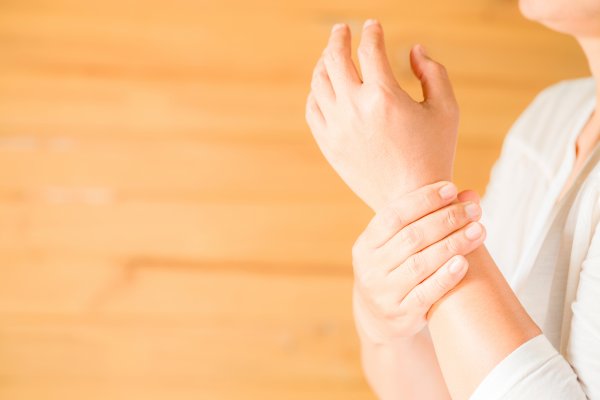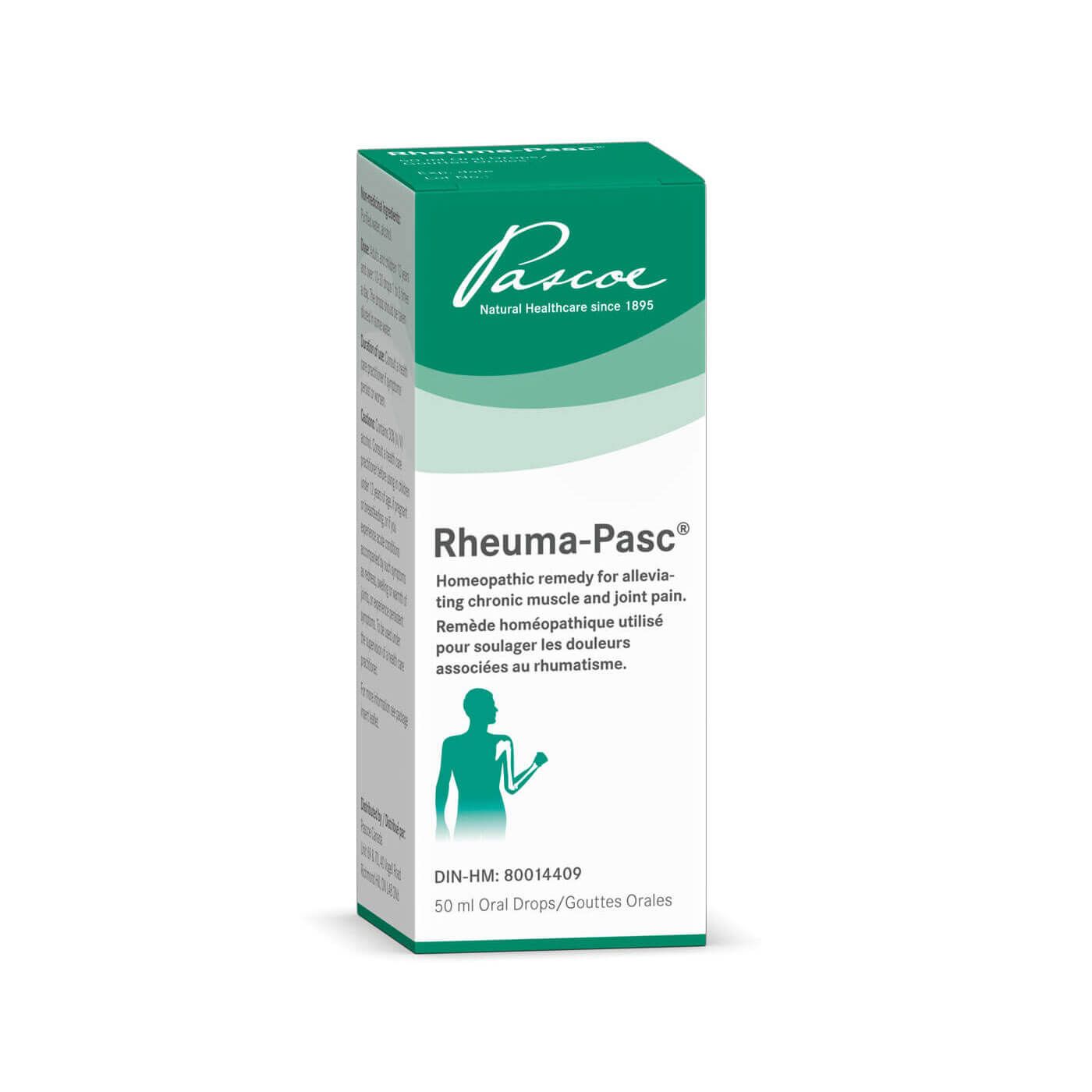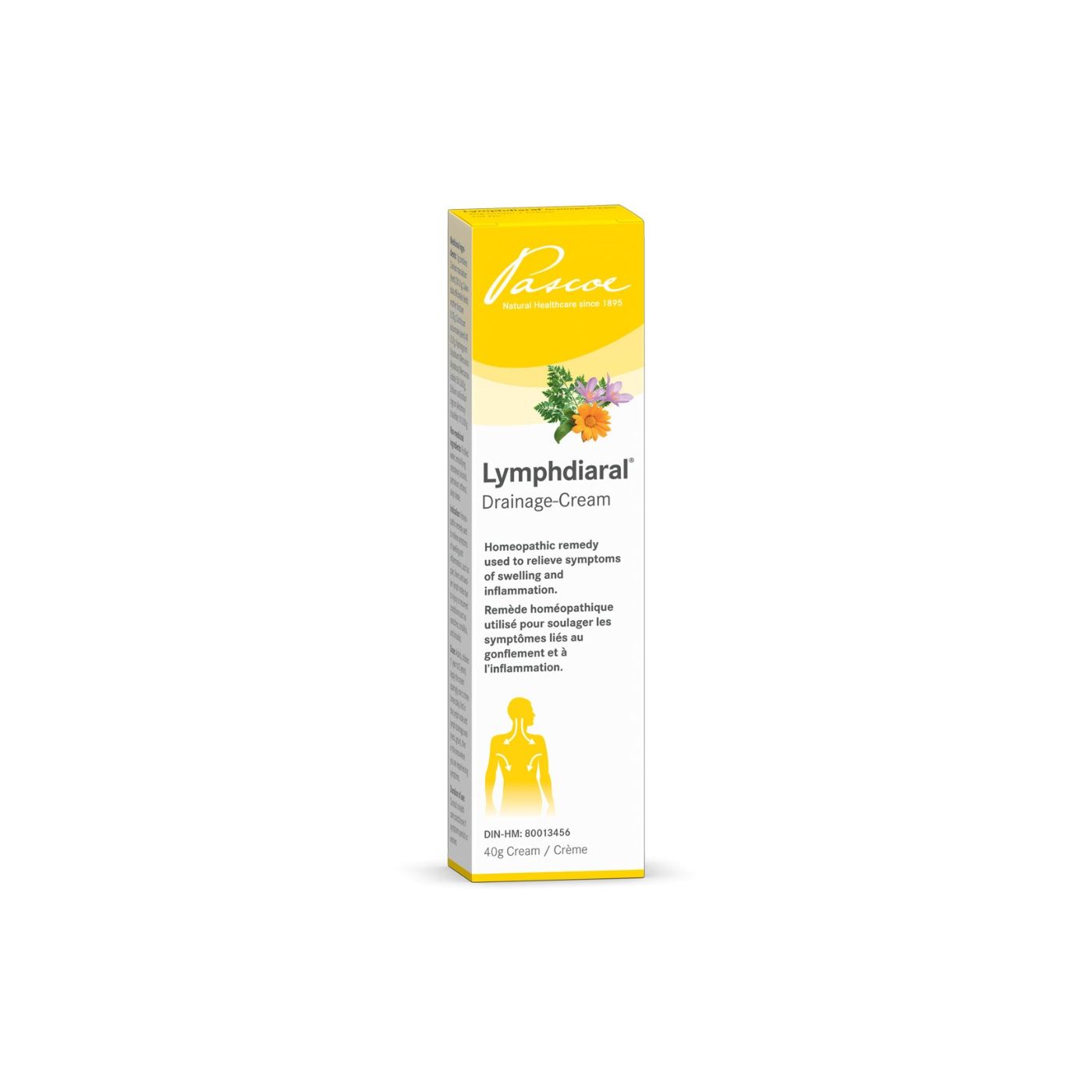What You Need to Know About Arthritis and Joint Pain
Arthritis affects millions of people a year and limits their ability to live life to the fullest. People who suffer from arthritis are often looking for ways to reduce inflammation and get back to their previous level of pain-free mobility. What relieves arthritis pain in joints?
There are a number of ways to improve quality of life for people with arthritis. This includes regular physical activity, applying hot and cold therapies, eating an anti-inflammatory diet, and supplementation.
Exercise
Physical therapists often say, “motion is lotion”, highlighting the lubricating benefits of gentle and regular physical movement.
When you’re suffering from arthritis, it might feel difficult to engage in regular physical activity. Pain and stiffness can prevent us from maintaining a routine of moving our bodies and as a result, leave us feeling tired all the time. It’s a cyclical problem. However, you don’t need to fear regular physical activity making your arthritis worse. The opposite is, in fact, true!


Moving our bodies in a broad range of motion and in a variety of ways on a regular basis, helps the pain associated with arthritis begin to lessen. And by developing a regular movement routine, we can learn how to cope better with our diagnosis.
Gentle motion helps to lubricate our joints and over time increase our mobility. As well, our connective tissues require stretching to release any tension they might be placing on our joints.
Exercise can be a great pain reliever! For long term coping strategies, implement some gentle, regular exercise. It will also encourage feel-good hormones that can help to reduce overall stress and pain, and make coping with the diagnosis easier.
Hot and Cold Therapies
For acute relief of pain and inflammation, try both hot and cold therapies. Having heating pads, as well as ice packs on hand for moments of more extreme pain and debilitation can be incredibly helpful.
Applying heat helps to relax our muscles and adjoining joints, as well as increases our overall circulation. Blood circulation keeps us limber by dispersing blood throughout the limbs of the entire body in adequate amounts. Adequate circulation gives our limbs the resources they require to function optimally and move well.
Cold therapy can be applied similarly in moments of acute pain and help provide temporary relief. When your joints feel overworked and/or exceedingly swollen, apply a cold compress to them. This can help to reduce the inflammation and associated pain, and bring down the swelling so that the pain can more quickly dissipate.
Inflammation decreases our mobility, puts tightness in our joints, reduces fluidity of movement, and puts added pressure on our joints creating a pain response. But inflammation can be treated with more than just these acute solutions.
An Anti-Inflammatory Diet
Anti-inflammatory foods help to reduce overall inflammation throughout the body and prevent the development of chronic inflammation. Excess inflammation can come about for a number of reasons, including an overconsumption of inflammatory foods. Inflammatory foods often include red meat, sugar, alcohol, and refined carbohydrates.
Omega-3 fatty acids are powerful anti-inflammatory components found in large amounts in certain foods. To reduce inflammation in the body, focus on consuming more anti-inflammatory foods and reduce the more inflammatory ones.
Anti-inflammatory foods include turmeric, ginger, chia seeds, ground flax, cold-water fish, nuts and seeds, as well as nut and seed oils in moderate amounts. The side effects of consuming more of these anti-inflammatory foods is a reduction in overall inflammation and a balancing out of any pro-inflammatory foods or habits we engage with. By lowering inflammation, we allow the body to function more optimally.
If you are dealing with an inflammatory condition, like rheumatoid arthritis, it can be beneficial to adopt an anti-inflammatory diet. According to the Arthritis Foundation, a Mediterranean diet can help to lower blood pressure, protect against cancers and stroke, reduce inflammation and the occurrence of arthritic conditions, improve joints, and contribute to overall weight loss.
The Mediterranean diet often includes fish, nuts and seeds, antioxidant-rich fruits and vegetables, cold pressed olive oil, beans and whole grains. The Arthritis Foundation calls this the “Ultimate Arthritis Diet” and cites nightshade vegetables also as containing a “potent nutrient mix” to, in fact, inhibit arthritic pain, and not trigger it, as is commonly believed.
If you struggle to get enough of these anti-inflammatory foods, supplementation is also a great option. Try a turmeric supplement!
Supplementation
To work preventatively against chronic inflammations and arthritic pain, it is important to work to regulate the acid/base balance within the body. An overly acidic environment can contribute to the development of osteoporosis and arthritis. It can be useful to monitor the circadian changes of acidity within the body with pH testing strips.
Start by testing the pH of your urine first thing in the morning and then again three additional times throughout the day. This will help you to determine an overall daily average.
Healthy fluctuations will occur. You should begin the day with a neutral pH of 7.0 and then it is normal to fluctuate from alkaline to acidic and then back to alkaline as you move through the day. From there, maintaining balance can be done through both a whole foods diet, regular movement and conditioning, as well as targeted supplementation.
There are a number of foods that cause an increase in acidity in the body. These include refined grains, sugars, dairy products, heavily processed foods in general, as well as high protein consumption. Practise balancing out the consumption of these acid-causing foods with lots of alkalizing fruits and vegetables.
Engaging in regular movement and injury prevention techniques, as well as regulating stress levels through meditation and other mindfulness techniques, can help to regulate acidity and inflammation. Acidity can cause inflammation in the body.
Taking targeted supplements can help to reduce acidity and inflammation throughout the body. Compounds found in plants like berberis vulgaris, (also known as common barberry), and rhododendron, serve as potent homeopathic remedies for muscle and joint pain. This is due to their strong antioxidant and anti-inflammatory properties.
Rheuma-pasc contains both berberis and rhododendron, and has been formulated to specifically address chronic muscle and joint pain throughout the body. Our formula also contains potent plant therapies from gnaphalium polycephalum, rhus toxicodendron, bryonia, and phytolacca americana. These medicinally used plants aid in the prevention and maintenance of pain associated with arthritic conditions.
Other common supplements taken to address joint pain and arthritis are glucosamine and chondroitin. Both have been taken orally as treatment for arthritis since the 1960s. Both are vital compounds for the formation of collagen in the body. Collagen helps to adequately cushion our joints, helping to reduce the occurrence of joint inflammation and pain.
Dealing with Rheumatism
Inflammatory diseases causing pain in the joints, muscles, and fibrous tissues of the human body are classified as rheumatisms. This inflammation causes us pain and difficulty with the mobility of our joints, tendons, ligaments, and muscles. As Dr. Alexandra Sisam mentions in her article on rheumatism, “many sufferers experience rheumatic pain as a drawing, tugging pain”. And these disorders affect not only elderly folks, but children also.
If you have been diagnosed with osteoarthritis, rheumatoid arthritis, lupus, gout, or other arthritic conditions, this means that your immune system is attacking your tissues. While the cause is somewhat unknown, there are a number of lifestyle adjustments that can play a role in managing the condition.
Engaging in regular, gentle exercise will keep your joints lubricated and reduce overall physical fatigue. Applying hot and cold therapies can help to address acute pains and having these remedies on hand, can help to reduce stress associated with working to manage these conditions. Engage in an anti-inflammatory way of eating, by opting for many anti-inflammatory foods like antioxidant-rich fruits and vegetables, omega-rich fishes and potent spices like turmeric and ginger.
What are the best supplements for joint pain and arthritis? Glucosamine sulfate and chondroitin sulfate can help target arthritis associated pains and support your management of the condition as a whole.
There are many more options to support your mobility and joint health as you age. This is only just scratching the surface of how you can look to working preventatively for the future. Find the targeted approach to best suit your individual needs on www.pascoe.ca.
Disclaimer
Pascoe Canada does not offer health or medical advice as we are not a healthcare practitioner. Please speak with your healthcare practitioner before beginning any program related to nutrition, diet, exercise, fitness, medical, and/or wellness. All content published by Pascoe Canada is developed through collaborating with licensed medical professionals and contributors. This includes text, graphics, images, and other material on the website, newsletter, and products (“Content”). This content is for informational purposes only and does not constitute medical advice. The content does not substitute professional medical advice, diagnosis, or treatment. Please always do your own research on whether this is for you along with your healthcare practitioner advice. Always consult your healthcare practitioner prior to using specific herbs because you might have underlying conditions that need professional care. The content is general in nature and is subject to change. It is not intended to cover all possible uses, directions, precautions, warnings, drug interactions, allergic reactions, or adverse effects.




